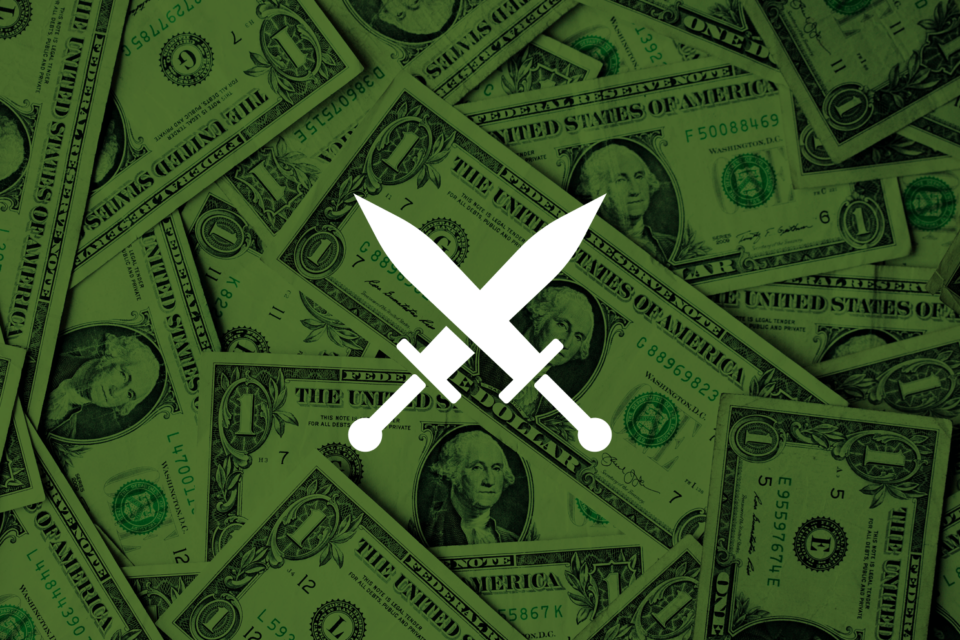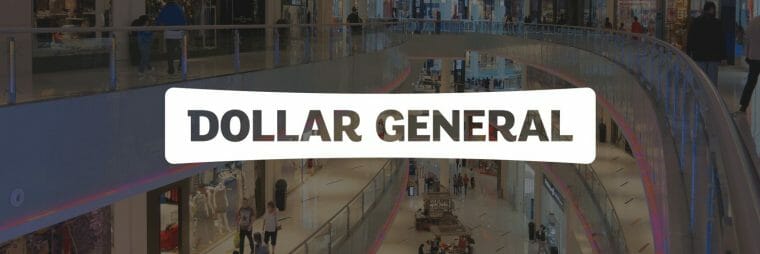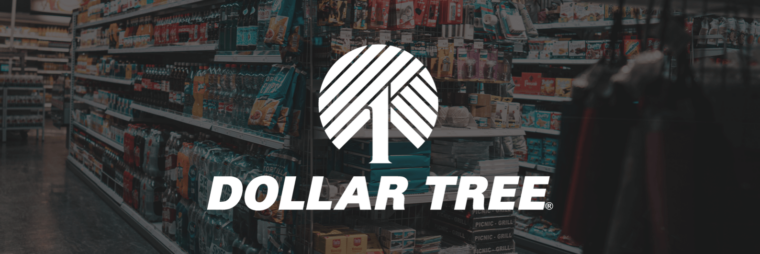The dollar wars

The Dollar Wars:
With all this talk of a market cooldown and when a recession will happen, investors are seeking defence and consumers are trading down. Naturally, they turn to dollar stores, which actually aren’t selling dollar items anymore, but at $2, $3 and $4. The point is consumers are spending more here. However, which dollar stock is better (the dollar wars) and is there any upside left?

Let’s start with this homegrown success story. Since February 2020, DOL has moved from $39 to $84 currently, close to 52-week highs. DOL has beaten or met its last four quarters, it continues to expand, it trades at a low 0.72 beta at 30.41x earnings. That’s lower than the 34x in 2022, but lately has crept above its 5-year average of 28.23x. I last recommended DOL in February as a buy-on-weakness and reiterate that call for the same reason of high PE. Strong cash flow offsets high debt.
Dollarama enjoys a wide moat, since every Canadian knows the brand and there are shops in virtually every corner of the country. Even e-commerce can’t penetrate Dollarama, because the chain sells small, everyday goods and grocery chains and pharmacies almost always sell those goods at higher prices.
Dollarama’s six- and 12-month charts show a series of peaks, including current levels around $84 before sliding down $5 or more. Best to buy on those slides. Paying only a 0.34% dividend, DOL’s yield won’t give you much, so timing your entry into this name is crucial. The street is positive with seven buys and three holds, but only a moderately higher price target of $94.64.

DG shares have been declining since its peak last October at $260, perhaps bottoming in late March around $200 and now trending 10% higher. Though its last quarter was in-line, DG noted that higher-than-expected construction costs to build out its distribution network and more labour costs hampered its operating leverage.
Unlike Dollarama in Canada, Dollar General must keep up with its competition. On the up side, its private label products reported strong growth over the winter and poorer consumers traded down and wealthier ones sought deals.
DG has wisely embraced digital by offering a mobile app that offers coupons on customer phones, and in expanding self-checkouts in select stores. The latter enhances convenience and lowers labour costs. DG is also ubiquitous, with 75% of Americans living within five miles of a location.
DG trades around 20x PE, which is slightly lower than Dollar Tree and pays only a 1.07% dividend yield, among the lowest in this sector. EPS grew 5% over the past year, outpacing competitors. The street likes the name at 11 buys, five holds and one sell, though the price target is only 10% higher at $241.53. Consider DG another buy on the dip.

DG‘s competition (the dollar wars) is also investing to keep up by spending 6.5% of its sales in near-term capital expenditures compared to 4% historically. For instance, the CEO wisely gave his staff a $2 hourly raise to curb crippling turnover. The street applauds these long-term investments, but notes they will strangle short-term profits. Q4 numbers were strong: a 7.4% same-store sales increase.
Dollar Tree bought Family Dollar in 2015. The latter enjoyed a pop during the pandemic, but historically has not delivered consistent profitable growth. The street has mixed feelings about DT with seven buys, five holds and two sells.
Currently, shares are approaching the $157.00 price target, which lacks a catalyst to suggest a sustained breakout, though DT is 10% below its 52-week high. Income investors are out of luck, since DT pays no dividend. Unlike its main competitor, DG, Dollar Tree shares have been rangebound the past year.
A return to the low-$170’s is possible, however, if there’s wider market momentum, but Dollar General is the better prospect. Consider this a hold.



